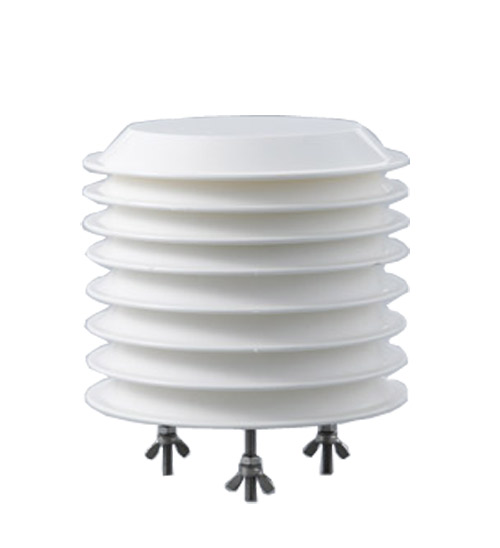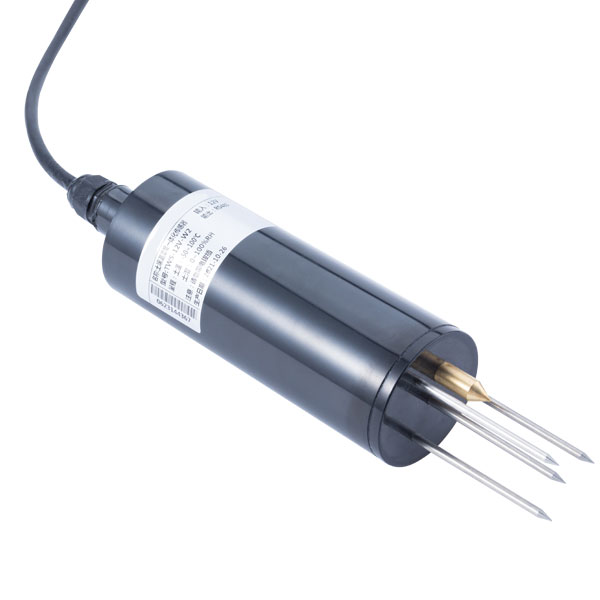

— Blogs —
—Products—
 Consumer hotline +8618073152920
Consumer hotline +8618073152920 WhatsApp:+8615367865107
Address:Room 102, District D, Houhu Industrial Park, Yuelu District, Changsha City, Hunan Province, China
Product knowledge
Time:2021-12-26 10:32:40 Popularity:1000
LoRa mainly operates in global free frequency bands (ie unlicensed frequency bands), including 433, 868, 915 MHz, etc. LoRa network is mainly composed of four parts: terminal (built-in LoRa module), gateway (or base station), server and cloud. LoRa application data can be transmitted in both directions.
LoRa spread spectrum principle
By using a high spreading factor, LoRa technology can transmit small-capacity data through a wide range of radio frequency spectrum. In fact, when you measure with a spectrum analyzer, the data looks like noise, but the difference is that the noise is uncorrelated, and the data is correlated. Based on this, the data can actually be extracted from the noise. The higher the spreading factor, the more data can be extracted from the noise. At a well-functioning GFSK receiving end, a minimum signal-to-noise ratio (SNR) of 8dB needs to be reliably demodulated. By configuring AngelBlocks, LoRa can demodulate a signal with a signal-to-noise ratio of -20dB. The GFSK method is similar to this. As a result, the gap is 28dB, which is equivalent to a large increase in range and distance. In an outdoor environment, a gap of 6dB can achieve twice the original transmission distance.
Super link budget, let the signal fly farther
In order to effectively compare the performance of the transmission range between different technologies, we use a quantitative indicator called "link budget". The link budget includes every variable that affects the signal strength at the receiving end. In its simplified system, it includes the transmit power plus the receiving end sensitivity. The transmit power of AngelBlocks is 100mW (20dBm), the receiver sensitivity is -129dBm, and the total link budget is 149dB. In comparison, GFSK wireless technology with a sensitivity of -110dBm (which is already its excellent data) requires 5W of power (37dBm) to achieve the same link budget. In practice, the sensitivity of most GFSK wireless technologies at the receiving end can reach -103dBm. Under this condition, the transmit frequency must be 46dBm or about 36W to achieve a link budget value similar to LoRa.
Sensors & Weather Stations Catalog
Agriculture Sensors and Weather Stations Catalog-NiuBoL.pdf
Weather Stations Catalog-NiuBoL.pdf
Related recommendations
Related products
 Atmospheric Temperature Humidity Pr···
Atmospheric Temperature Humidity Pr··· Soil Temperature Moisture Sensor 4-···
Soil Temperature Moisture Sensor 4-··· Air temperature, humidity and atmos···
Air temperature, humidity and atmos···
Screenshot, WhatsApp to identify the QR code
WhatsApp number:+8615367865107
(Click on WhatsApp to copy and add friends)